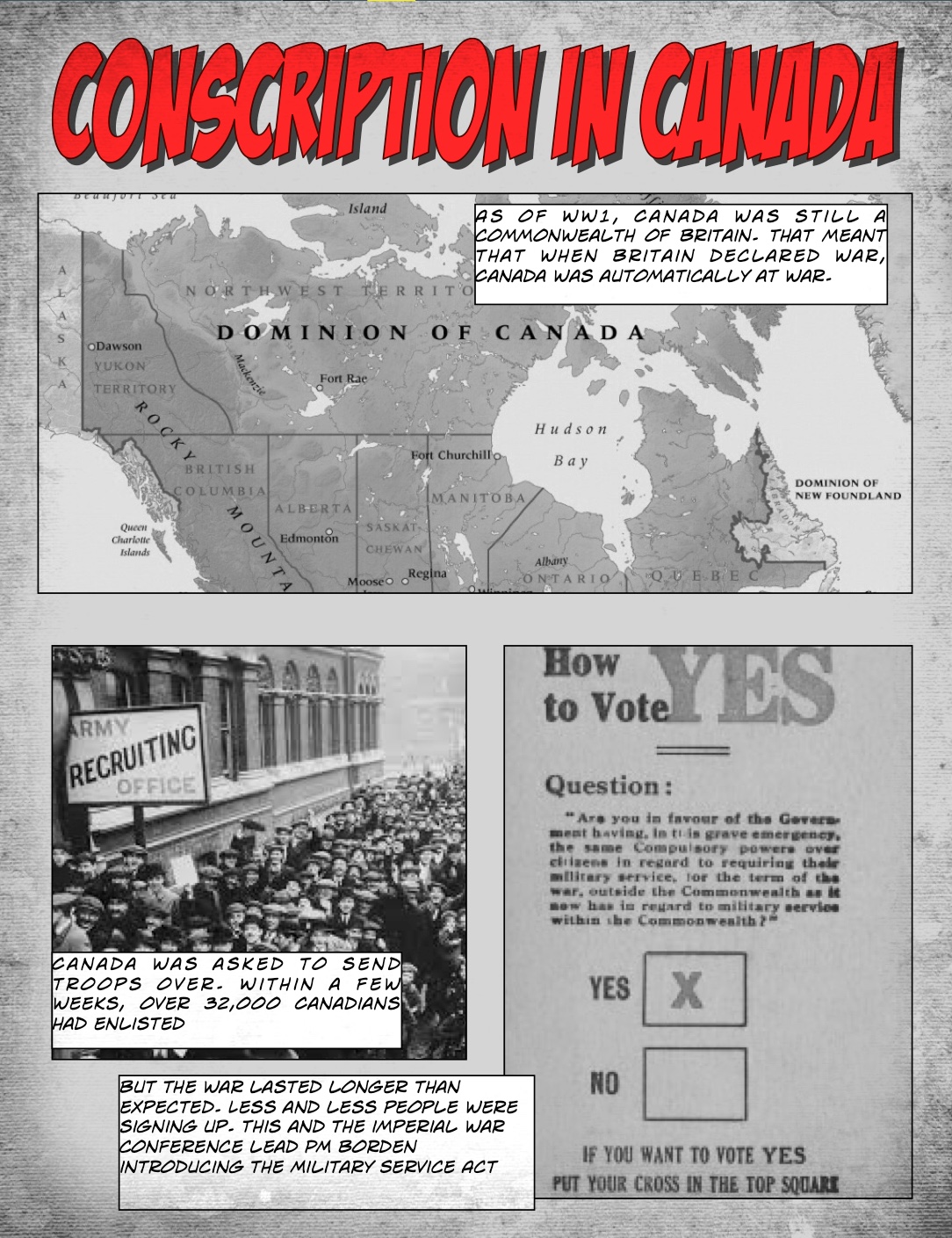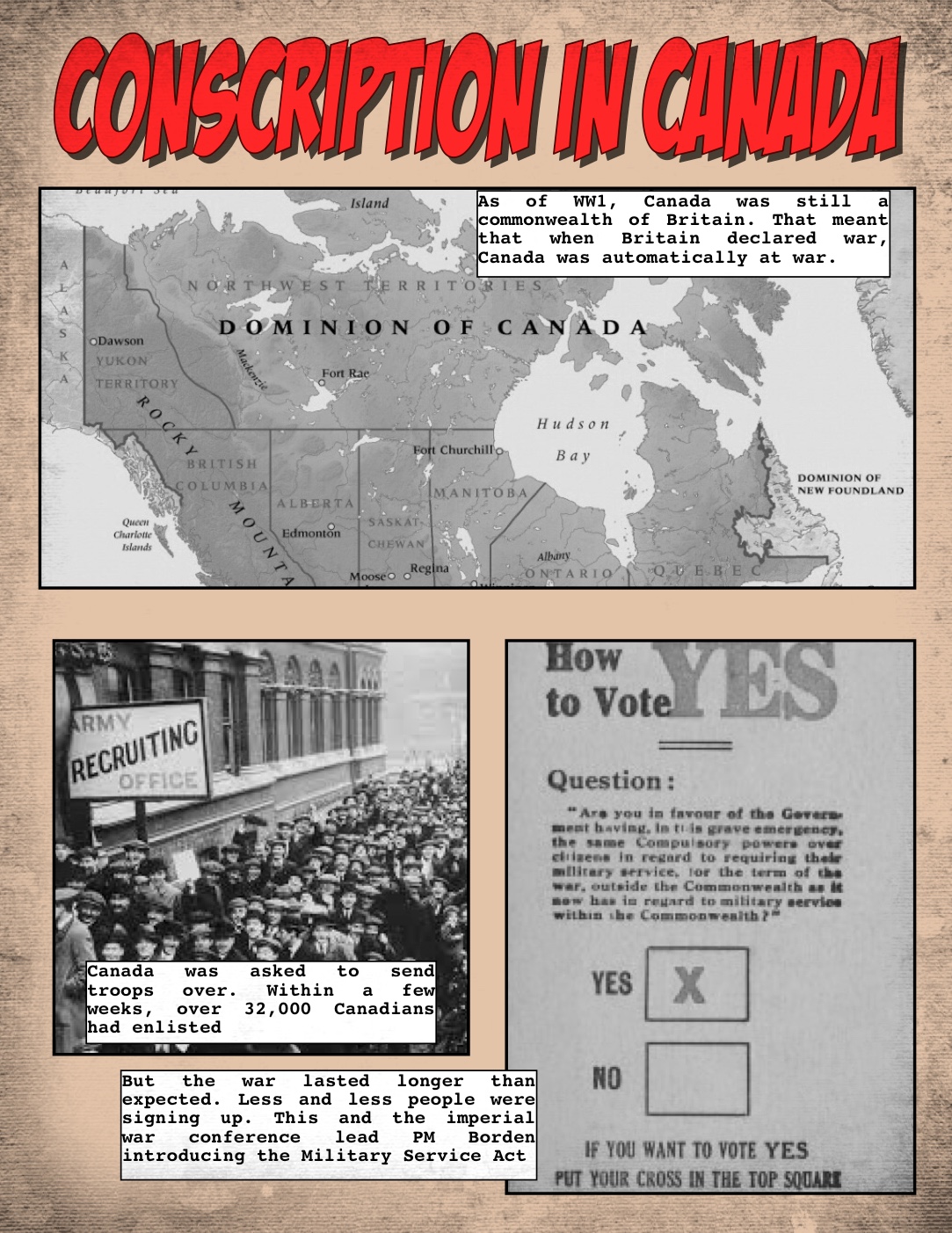I really like semicolons. Ok.
Every year in PLP, we have two exhibitions. In the first exhibition, otherwise known as the winter exhibition, the topics vary. This year we did Star Wars, and last year we did the environment. The second exhibition is the spring exhibition. This, this is Blue Sky.
Blue Sky was a concept created by 3M, where people were given time to find a problem and fix it. So, that is what we do. But, we had a few restrictions. The grade nines (pertaining to the fact that this project was multi-grade) had to find a problem within a department. My department was kitchen.
Using the launch cycle, I created an amazing product. And that’s how this blog post is gonna go!

Look, listen, learn
I didn’t really get to choose my department, because I was away while we chose, so I had to really think hard for something to make. But, then, I got it!
You know when your looking after kids, and cooking, then you have to go check on the kids, and you bring you utensils, then leave them there, and it’s a mess? Well, that was the problem I was trying to fix.
Now that I had my idea, I wanted to get some perspective. So, I started emailing people.
Ask tons of questions
First, I researched several cooing stores in North Vancouver. I then proceeded to email several of them, including Cook Culture and House of Knives.


House of knifes got back to me very quickly, and I was able to ask them several questions. They gave very detailed responses, and it was great to talk to experts about this.
Cook Culture also contacted me back soon after I emailed them. They also answered my questions, and I was able to figure out more of a direction for my product.
During these interviews, the main question I was asking was
“Do people often come in asking for storage for utensils while cooking?”
This was due to the fact that I needed to find out if my problem was an actual problem. Both places said that those were a big seller!
Understand the Problem
With the information I got from my interviews, I was able to get a better angle on my problem. I realized what exactly the problem was, and some barriers it would have. For example, I would have to make sure nothing dripped. Also, the design would have to be food safe.
Navigate Ideas
Now that I understood my problem, I had to figure out what I was going to do for this. I decided I wanted it to create an apron that had pockets for tools. For this, I had to figure out what the most useful tools would be. So, I went back to my interviewees, and asked their advice. They said that the top sellers for utensils were; wooden spoons, chef knives, whisks, and spatulas. I wanted to make pockets for each of these things on my apron. So, I got to prototyping!
Create a Prototype
My first prototype was digital.

As you can see, I chose to have places for many tools other than just the ones that were recommended. All these tools we’re going to have Velcro straps on them that had magnets, so it would be easy to put the utensils there. The straps would also have magnets, so it would be accessible for people of different sizes.
I got a lot of feedback from this. First, most people didn’t recommend having knives on it. Something about safety, and dying. Anyways. Also, dripping wasn’t exactly taken into consideration for this draft. So I kept my main idea, and moved on to the next step.
Highlight and fix
For the second draft, I created a digital model.

But then created a physical model. I took out nice place, and was trying to figure out some sort of drip tray.

So, I took this draft to Cook Culture, to get feeback (no pictures). Anyways. The manager really liked my idea, but thought I could take it another direction. See, kitchen aprons haven’t really changed since they were invented. I took this feedback, and changed my driving question to
“How can I make an apron that is more modern and can store utensils?”
So, I can up with my final model. Again, I first made a digital model.

This model still carried utensils, but utensils that wouldn’t drip. It also had a phone pocket, because most people have their phone on them while cooking.

This model also had an adjustable magnetic strap, which I think is pretty awesome.
Launch to an audience
Now, the exhibition night. But, this started even before then, because the teachers had to 8s, 9s and 10s into groups for the night. There were 5 groups in total, based on the grade 10s project. The grade 10s we’re finding ways to solve the UN’s sustainable development goals. I was in the ‘Sustainable Consumption and Production’ group.

We had to figure out how to turn our space- the back of the library- into something that reflected our goal. We worked together to find food, drinks, and decor that fit.



And I think it turned out really well. I got to show my project to tons of people, including the new PLP kids! Someone even was interested in purchasing my thing! It went so well.

I am very proud of my work this exhibition. The project was something that I was interested in, so I was motivated to do a good job. I also learned a bunch about interviewing, and got to work on my people skills. This was an awesome project, and I’m so glad it turned out well!





















































































